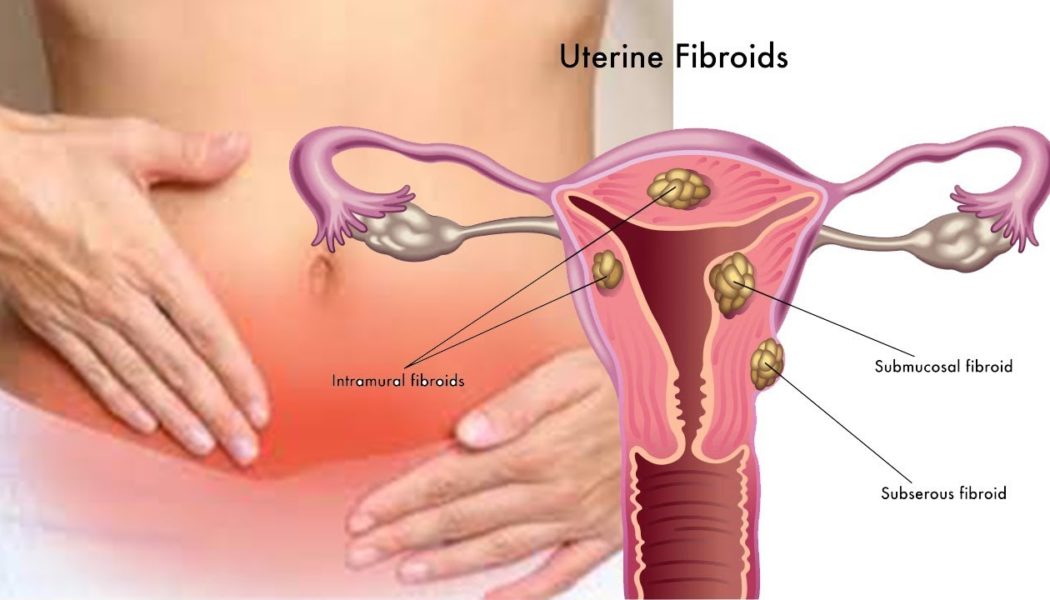Myomectomy in Armenia
Search and Compare the Best Clinics and Doctors at the Lowest Prices for Myomectomy in Armenia

Find the best clinics for Myomectomy in Armenia
No clinics available
Mexico offers the best prices Worldwide
Price: $ 260

- Home
- Armenia
WHY US?
At Medijump, we're making medical easy. You can search, compare, discuss, and book your medical all in one place. We open the door to the best medical providers worldwide, saving you time and energy along the way, and it's all for FREE, no hidden fees, and no price markups guaranteed. So what are you waiting for?

Free

Best Price

Widest Selection

Risk-Free
What you need to know about Myomectomy in Armenia

Myomectomy is a surgical procedure performed to remove Uterine fibroids – abnormal growths that appear in or on a woman’s uterus. You may undergo this procedure if you have any of the following symptoms: Heavy menstrual bleeding, Menstrual periods that last longer than a week, pelvic pressure or pain, frequent urination, etc.
What does a Myomectomy Procedure Involve?
There are three types of myomectomy: abdominal myomectomy, laparoscopic myomectomy, and hysteroscopic myomectomy. All performed under general anesthetic. With abdominal myomectomy, your surgeon makes a large incision through the lower abdomen into the uterus, removes the fibroids from the uterine wall, and closes the incisions with stitches. With laparoscopic myomectomy, your surgeon makes four small incisions to insert surgical tools and a laparoscope (a thin, flexible tube with a light and a camera on one end) and cut your fibroids into small pieces. With hysteroscopic myomectomy, your surgeon inserts a thin scope through your vagina and cervix into your uterus, then shave off pieces of the fibroid using a wire loop.
How Long Should I Stay in Armenia for a Myomectomy Procedure?
Unless you undergo hysteroscopic myomectomy, you will need to stay in the hospital for 1 to 3 days. Plan to stay in Armenia for at least 7 days to attend follow-up checkups and also removal of the stitches.
What's the Recovery Time Like?
You will need to rest for 1 week and the recovery period depends on which type of Myomectomy you underwent: four to six weeks after abdominal myomectomy, two to four weeks after laparoscopic myomectomy, two to three days after hysteroscopic myomectomy. Wait for around six weeks until you can have sex, but you should wait three to six months before trying to get pregnant.
What sort of Aftercare is Required for Myomectomy Procedures in Armenia?
After the surgery, you will have some restrictions on your diet. You will need to take care of the surgical site as it heals to limit scarring and infection. You may be advised to do some light exercises, but refrain from doing anything strenuous such as heavy lifting until you are fully recovered.
What's the Success Rate of Myomectomy Procedures in Armenia?
Myomectomy is very effective and complications are very rare. However, it does have some risks and side effects you need to be aware of, including excessive blood loss, pregnancy complications, scar tissue, damage to nearby organs, and new fibroids.
Are there Alternatives to Myomectomy Procedures in Armenia?
If your fibroids do not cause any symptoms or the symptoms are mild, you do not need any treatment. If you do need treatment, your alternatives to myomectomy are myolysis, uterine artery embolization, hysterectomy, and endometrial ablation.
What Should You Expect Before and After the Procedure
After a myomectomy, you will have relief from the symptoms of your uterine fibroids, such as pelvic pain and menstrual bleeding.
Whilst the information presented here has been accurately sourced and verified by a medical professional for its accuracy, it is still advised to consult with your doctor before pursuing a medical treatment at one of the listed medical providers
No Time?
Tell us what you're looking for and we'll reachout to the top clinics all at once
Enquire Now

Popular Procedures in Armenia
Prices Start From $500

Prices Start From $714

Prices Start From $714

Recommended Medical Centers in Armenia for procedures similar to Myomectomy

- Interpreter services
- Translation service
- Religious facilities
- Medical records transfer
- Medical travel insurance
- Health insurance coordination
- TV in the room
- Safe in the room
- Phone in the room
- Private rooms for patients available
Myomectomy in and around Armenia
Introduction
Armenia has become a premium destination for medical tourism since the hospitals and clinics in the country are staffed with highly qualified professionals. This country has had a long association with medicine. Its 12th-century physician, Mkhitar Heratsi made a great contribution to numerous medical fields. Also, many Armenians helped to invent important medical innovations, such as the MRI machine and PET scan. These facts, coupled with lower costs high-quality healthcare, draw medical tourists from all around the world and most medical tourists come to this country for cosmetic surgery.
Popular Cities and Regions in Armenia
Armenia’s capital city, Yerevan, is the largest city in the country as well as one of the oldest continuously inhabited cities of the world. This city offers a perfect mix of ancient and modern as century-old buildings sit side by side with modern structures. With outdoor cafes lining its tree-filled boulevard, you can feel the vibrant atmosphere. The second-largest city in Gyumri which is filled with excitement as you will find trendy cafes and nightlife venues that are starting to pop up in the city. You can explore amazing museums, such as the Museum of the Aslamazyan Sisters and the Museum of National Architecture and Urban Life of Gyumri. Another popular place to visit is Dilijan, which is billed as the ‘Switzerland of Armenia.’ This city offers extremely beautiful scenery and pleasant weather.
Transport in Armenia
Zvartnots International Airport is the main international airport in Armenia. This airport serves flights to and from many European and Asian cities, such as Paris, Dubai, Moscow, and Seoul. Since the country is pretty small, there are no domestic flights. Buses and trolleybuses run in cities, while taxis are widely available in city centers. Taxi fares should be negotiated before a journey as taxi drivers tend to overcharge.
Visas in Armenia
Citizens from various countries, including Brazil, Australia, the UK, and the US, can visit and stay in Armenia for up to 180 days. Most other nationalities can apply for a visa on arrival or e-visa. It is best to check with the nearest Armenian embassy or consulate in your area.
Weather in Armenia
December to February are the winter months, with cold temperatures and snowfall in the northern region. Spring, between March and May, is very pleasant with rain showers in March and April. Summer lasts from June to September, characterized by hot temperatures, long and dry days, as well as blue skies. In autumn, the temperatures will become cooler.
Additional Info
- Local Currency: The official currency is Dram (AMD). 1 USD will get you approx. 478.3 AMD.
- Money & Payments: ATMs can be found in all cities. Credit cards are only accepted in Yerevan, so make sure to bring plenty of cash if you plan to travel outside of the capital.
- Local Language: Armenian is the official language spoken by the majority of the country’s population. Russian is widely spoken, while English is gaining popularity in recent years.
- Local Culture and Religion: More than 94% of Armenians are Christians. Other religions, such as Islam and Yazidism are also practiced.
- Public Holidays: Armenia celebrates major Christian holidays, including Christmas Day. The country also celebrates Army Day, Victory and Peace Day, Republic Day, Constitution Day, and Independence Day.
Popular Searches
- Plastic Surgery in Thailand
- Dental Implants in Thailand
- Hair Transplant in Thailand
- Breast Augmentation Thailand
- Gastric Sleeve in Thailand
- Gender Reassignment Surgery in Thailand
- Laser Hair Removal in Bangkok
- Botox in Bangkok
- Dermatology in Bangkok
- Breast Augmentation in Bangkok
- Coolsculpting in Bangkok
- Veneers in Turkey
- Hair Transplant in Turkey
- Rhinoplasty in Turkey
- Stem Cell Therapy in Mexico
- Rhinoplasty in Mexico
- Liposuction in Mexico
- Coolsculpting in Tijuana
- Rhinoplasty in Korea
- Scar Removal in Korea
- Gastric Sleeve in Turkey
- Bone Marrow Transplant in India
- Invisalign in Malaysia
- Plastic Surgery in the Dominican Republic
- Tummy Tuck in the Dominican Republic
- Plastic and Cosmetic Surgery in Poland
- Rhinoplasty in Poland
- Hair Implant in Poland
- Dental Implants in Poland
- IVF in Turkey